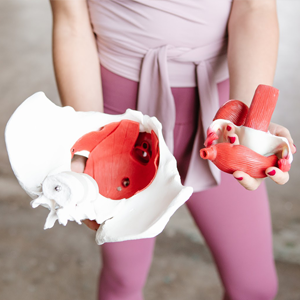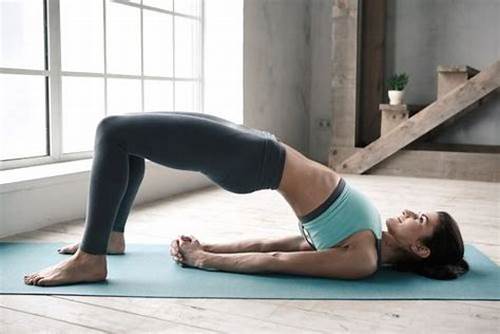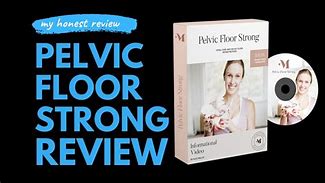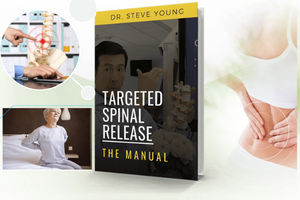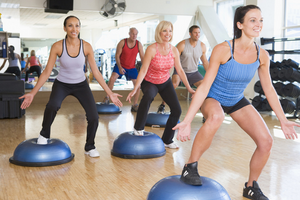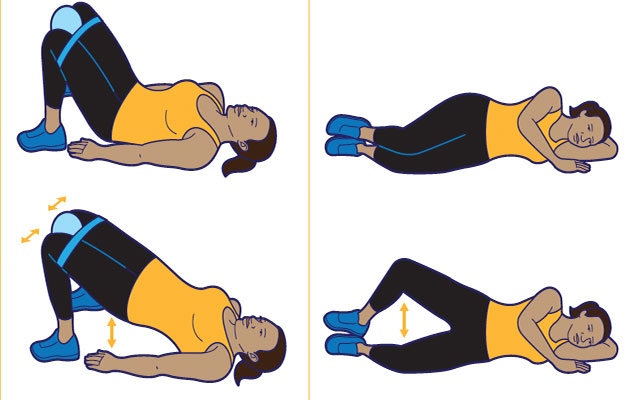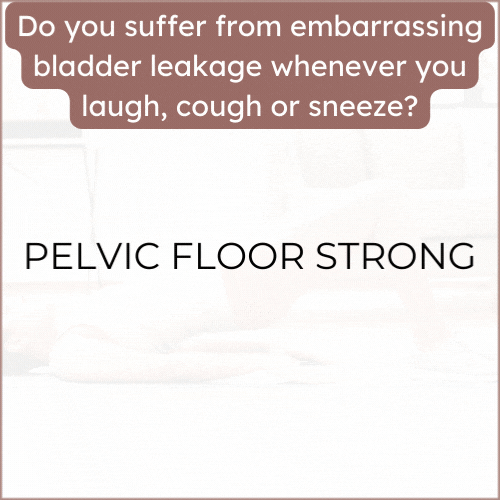How to Do Kegel Exercises
Both experts reiterate that before doing Kegels on your own, it's best to meet with a specialist to make sure they'll actually be beneficial to you, and develop an individualized plan based on your needs. (BTW, this pelvic floor release wand was made by a pelvic health pro.)
"During the first visit, we talk through the symptoms someone is experiencing," says Jeffrey-Thomas. Next, you'd have a physical evaluation. As with other physical therapy appointments, a pelvic health therapist will look at your spine, hips, and core. The difference is that a pelvic exam is also part of the evaluation. "For patients with a vagina, we do a vaginal exam and for people without a vagina we do a rectal exam because we're able to access the same muscles that way," explains Jeffrey-Thomas. "There's no stirrups or speculum. It's just a single finger inserted [into the vagina] to the second knuckle at most." Then, the patient is asked to squeeze [the pelvic floor muscles], so the therapist can examine what happens when the muscles try to contract as well as when they try to relax. They can also check for tenderness of the pelvic floor muscles, internally and externally. Tenderness can mean the vaginal muscles are unable to fully relax, for example, explains Jeffrey-Thomas."It's all about making a complete map of what's happening in the pelvis and surrounding areas so we can pick the best interventions for that person," she says.If someone can benefit from Kegels, the PT then shows the patient how to do them.
To do a Kegel exercise, you first want to locate your pelvic floor muscles, says Schuster. "One landmark I think about is the pubic bone, which is that really low bone in the font of the vulva," she says. Another landmark is the sit bone, or, what you sit on. "To do a Kegel, you want to think of the external genitals — the vulva and the anus — and squeezing those, not with too much effort, just a squeeze to bring attention to them, and then relaxing and letting those muscles come back down," explains Schuster.
How long someone should hold the squeeze varies depending on their specific needs, but in general, aim for three to five seconds, doing 10 reps in a row, says Schuster. "Then you can work your way up to squeezing for eight to 10 seconds for 10 reps, a few times a day," she says.
Both quick and longer contractions are beneficial, says Jeffrey-Thomas. "Every muscle in your body has fast-twitch and slow-twitch muscle fibers, basically sprinter and endurance runners," she says. "In the pelvic floor, 70 percent of those muscle fibers have to do with endurance."
One mistake Schuster says she often sees people making is using other muscles besides pelvic floor muscles to perform Kegel exercises — such as glutes, inner thigh, or abdominal muscles. Instead, you want to be sure you're isolating the pelvic floor muscles, specifically. "Another mistake people make is holding their breath," says Schuster. "When you inhale, that's when your pelvic floor should be more relaxed, and when you exhale, that's when you should be contracting." It may not feel natural at first, but with practice, it should come easier.





